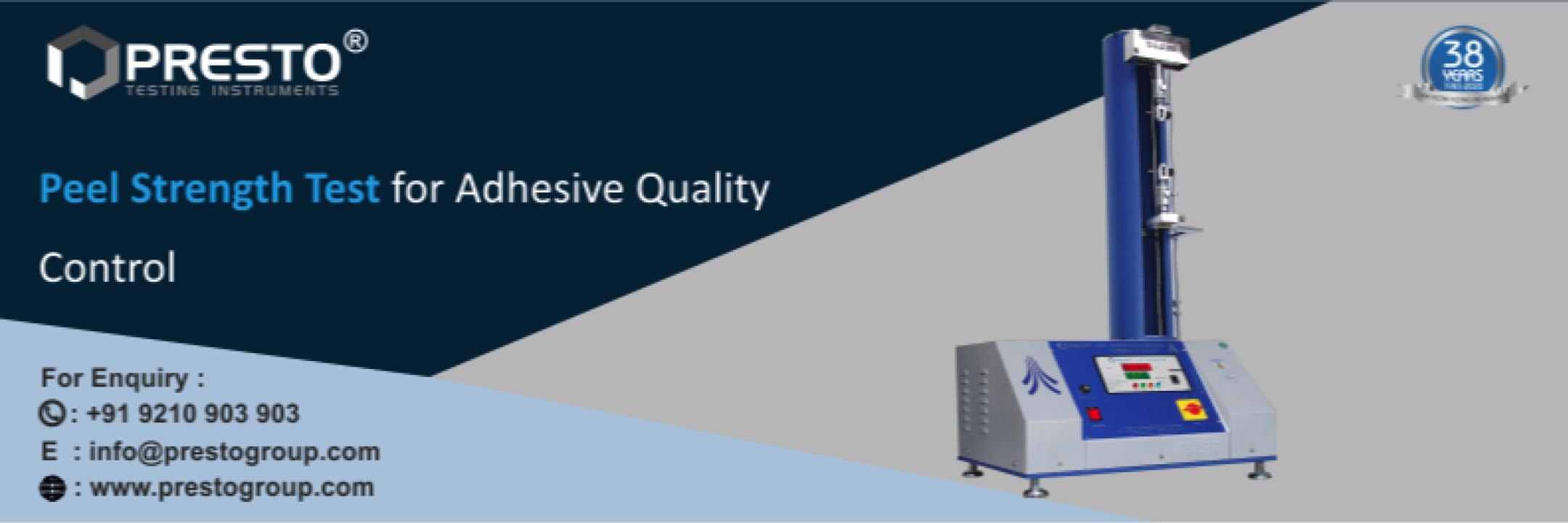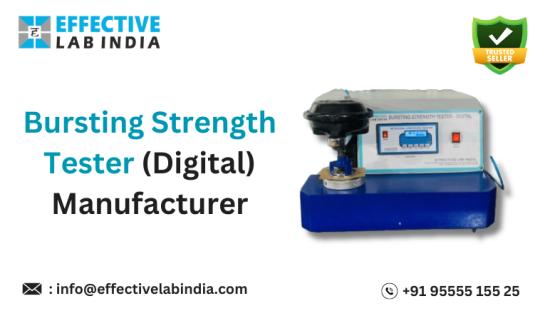In various industries, ensuring the bond strength of materials is crucial to maintain the quality and performance of products. The Peel Strength Tester, also known as the Peel Bond Strength Tester, plays a vital role in evaluating the adhesive strength of materials like tapes, films, labels, and laminates. This equipment helps industries like packaging, automotive, and electronics test the durability and effectiveness of the adhesive properties used in their products.
Let’s delve deeper into how the peel strength tester works, its applications, and the different types of peel tester machines available.
What is a Peel Strength Tester?
A Peel Strength Tester is an instrument designed to measure the force required to separate two bonded materials. This test is crucial for assessing the adhesion quality of products, particularly those that rely on adhesives, like tapes, labels, laminated films, or even coated materials.
The test works by pulling the bonded materials apart at a specific angle and measuring the force needed to do so. The result gives a clear indication of how strong the adhesive bond is. This testing method ensures that manufacturers maintain consistency in their products, which can lead to better customer satisfaction and fewer product failures.
How Does a Peel Tester Machine Work?
A Peel Tester Machine typically operates by placing a sample of the material between two clamps—one of which is stationary and the other attached to a movable arm. The machine exerts a pulling force at a pre-set speed and angle, often at 90 or 180 degrees. The force required to peel or separate the bonded materials is measured and displayed, giving the tester a clear understanding of the bond strength.
Peel testers are essential for quality control in production processes where adhesive bonds are critical. They ensure that the adhesive used meets industry standards, preventing issues like peeling or failure during product usage.
Different Types of Peel Testing Methods
Peel testing is versatile and can be customized depending on the type of product and material being tested. Common peel testing methods include:
- 90-Degree Peel Test: In this method, one side of the adhesive is pulled at a 90-degree angle to the base material. It’s commonly used for labels, tapes, and other thin adhesive materials.
- 180-Degree Peel Test: Similar to the 90-degree test, the adhesive is pulled at a 180-degree angle. This method is widely used for laminated materials, films, and tapes.
- T-Peel Test: In this test, two materials bonded in a T-shape are pulled apart, usually applied for testing adhesive tapes and flexible packaging materials.
Importance of Using a Peel Tester
Ensuring strong adhesion is vital for various industries, and a Peel Tester is the go-to solution for this purpose. Here are some of the key reasons why using a peel strength tester is important:
- Quality Control: For manufacturers of adhesive products like tapes, labels, or coatings, maintaining a consistent level of quality is essential. Peel testers provide precise and repeatable data on adhesion quality, ensuring that every batch of products meets the required standards.
- Product Safety: In industries like automotive, aerospace, and electronics, where adhesives are used in critical components, product failure due to poor adhesion can have serious consequences. Testing adhesion strength ensures the safety and durability of these products.
- Customer Satisfaction: Packaging products, such as cartons and labels, rely heavily on the adhesive to remain intact throughout their lifecycle. Poor adhesive performance can result in product damage during transportation, leading to dissatisfied customers. Peel testers help prevent these issues by ensuring proper adhesive strength.
- Cost Efficiency: Identifying weak adhesive bonds early in the production process can save companies from costly recalls, returns, or customer complaints. Peel testers allow manufacturers to fix potential issues before the product reaches the market.
Choosing the Right Peel Tester Machine
When selecting a Peel Tester Machine, it’s important to consider factors such as the material type, adhesive properties, and the required testing standards. Some machines offer advanced features such as digital readouts, customizable testing angles, and high precision. Investing in a reliable peel tester ensures accurate data and long-term durability for both the machine and the products tested.
Conclusion
The Peel Strength Tester, also referred to as a Peel Bond Strength Tester or Peel Tester, is an indispensable tool for industries that rely on adhesives for product performance and quality. By testing the peel or bond strength, manufacturers can ensure their products are durable, meet safety standards, and deliver customer satisfaction. Whether you’re in packaging, automotive, electronics, or any industry where adhesives play a crucial role, using a peel tester machine guarantees that your adhesive materials maintain their strength and integrity over time.












